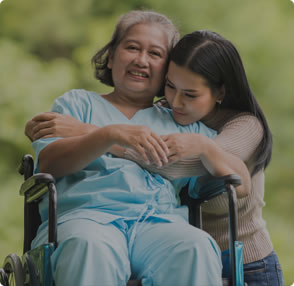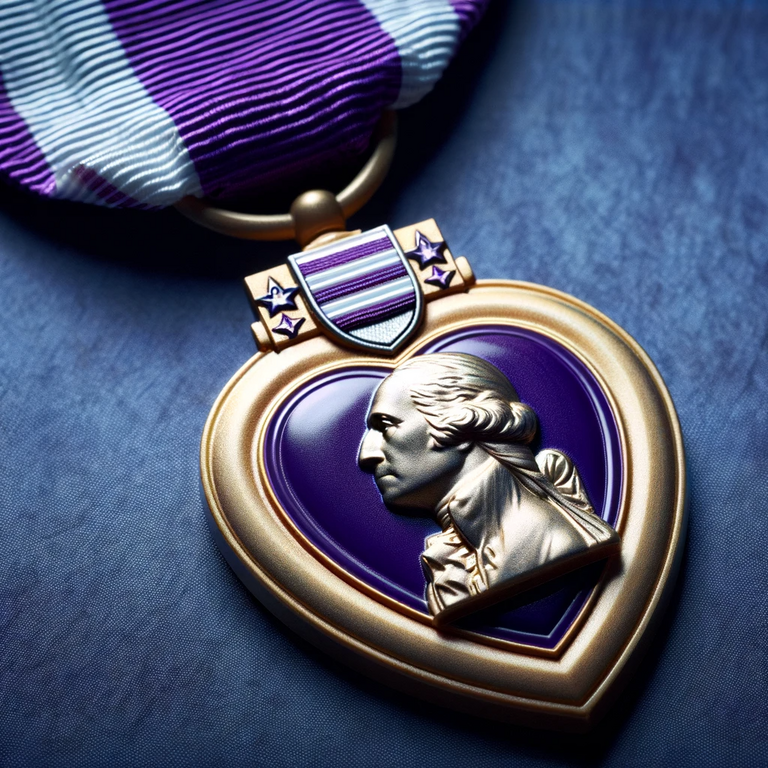Your Place to Find a Job

Construction Jobs

Cloud Champions

Not For Profit

Healthcare Heroes

WFH Champions
Mobile App Devs

Working with Kids

Keep on Truckin
Career Changers

That's Entertainment

Microsoft Stack Jobs

Veterans Wanted

Top Hospitals
Web Dev Rockstars

eCommerce Rising Stars

Great Engineering Companies to Work For

Great Universities

Working with the Elderly
Featured Employers
Explore companies

Lindsay manufactures and markets water management equipment and services including irrigation systems, pump stations, filtration, and M2M controls designed to increase or stabilize crop production whi... More

Company Overview Physicians Mutual Insurance Company and Physicians Life Insurance Company are members of the Physicians Mutual family. Physicians Mutual Insurance Company offers reliable... More

At Children’s Nebraska, our mission is to improve the life of every child through exceptional care, advocacy, research and education. We value innovation, collaboration, accountability, respect and ... More
Newest Jobs
Browse all jobs

Visitation / Family Support Worker * $25-$28 / HR * Omaha Jobs


Licensed Nurse Practitioner - Omaha Licensed Nurse PractitionerJobs #Hiring #healthcare #Jobs

CLASS A CDL DRIVER - HEMINGFORD, NE


Member Service Representative

Field Sales Representative B2B - Allegheny PA #Hiring #Pennsylvania #Jobs

Operations Associate - Operations Administrative Assistant #Hiring #Jobs
Careerlink helped over 1 million people get the career they deserve
Get your dream job now.
Post your resumeI would not be in my current role without Careerlink. After separating from the military and moving to Omaha I tried all of the national online job sites to find a role that fit my unique experience and skill set. Either they provided me roles that did not match my background or my application got lost in the crowd. That was not the case with Careerlink
Bryce JohnsonThe Recommendation Process through Careerlink was simple, quick and made the difference! I believe it was that added edge I needed to not just get an interview, but land the job
Maris KingfisherGet inside our community
Learn. Connect. Explore. Join us for inspiring, innovative events, or keep up with current news and trends.

Turning Your Fans into Fantastic Employees: Introducing Careerlink Connect
In today's fast-paced business environment, finding the right talent is more crucial than ever. But how do you transform the casual visitor to your business into your next star employee? Enter Careerlink Connect, ...
Read on
Careerlink Salutes Veterans with New Features
Careerlink.com Launches New Veteran's Day Features to Boost Veteran Employment in Omaha Omaha, NE – November 9, 2023 – Careerlink.com, Omaha’s premier job-search platform, is excited to unveil ...
Read on
Top 5 Things HR People Never Say
We thought we would share a little bit of humor with you today, so here are a few things we've never heard HR folks say to us: 1. "I met my fiance making a reference check call." 2. "I like to unwind at the ...
Read onAbout Careerlink
Careerlink was founded as part of an Omaha, NE based nonprofit organization to offer jobseekers access to all of the best Omaha jobs. We now offer nationwide jobs on a platform featuring a complete applicant tracking system (ATS), mobile friendly experiences, AI based employee retention solution, innovations in recruiting and staffing, and job opportunities across all 50 States in a variety of industries and skill levels.





If you are finding yourself in a professional world of uncertainty amidst the many health and economic changes our world is going through right now, I recommend you lean into support from your family and friends, check out Careerlink, and know that we are all in this together
Brandi Holys